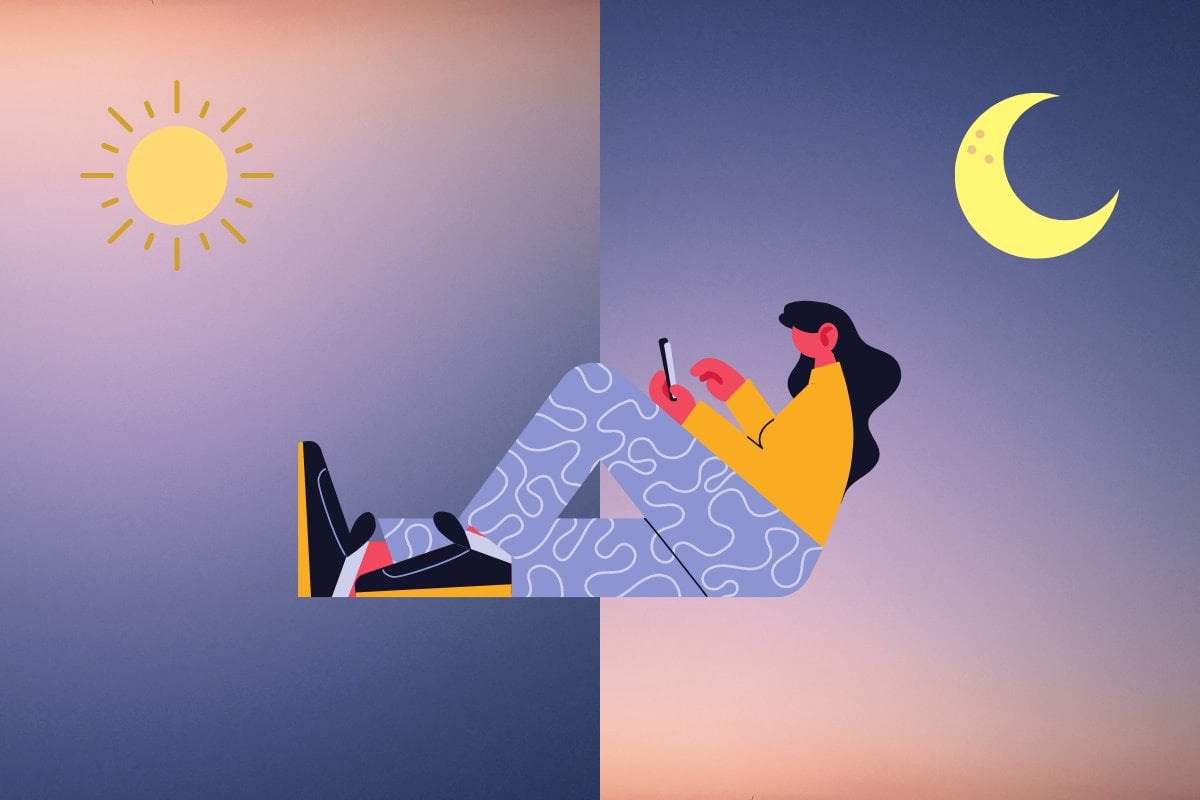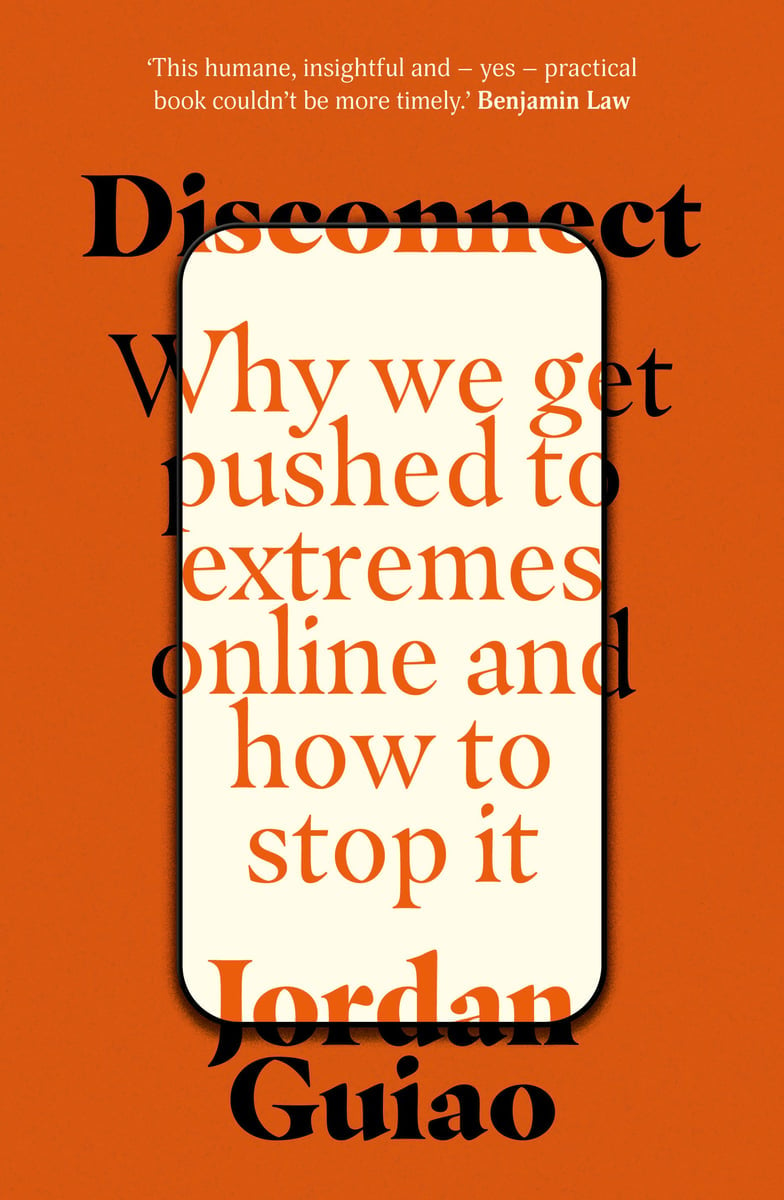
The following is an excerpt from Disconnect: Why We Get Pushed to Extremes Online and How to Stop It by Jordan Guiao, a lively, topical look at the rise of internet extremism and what we can do about it.
How many selfies is too many? Does a baby shower or birthday dinner need the perfect setting, decor and lighting for it to be a success? Do our lives need to be ‘grammable for it to be worthwhile?
When our profiles on Instagram, TikTok and Facebook demand our ‘best selves’, there is huge pressure to overexpose and over share. Casual events become highly produced operations, life milestones become opportunities for photoshoots and random thoughts are turned into inspirational quotes.
While you're here, watch the Mamamia team share the moment they were caught stalking on social media. Post continues after video.
When life becomes content and content becomes life, we turn into social media narcissists who live for the ‘likes’.
But it doesn’t have to be this way.
How to be authentic online
Are we destined for a world where we become fully ‘transparent’, where our most private moments are broadcast for all to see, or can we continue to value our experiences without the social validation we gain by posting about them? Will our lives become merely content, as we devalue everyday moments that aren’t deemed post-worthy, warping our sense of real life? While we cannot say where social media will take our society, we do have choice and agency as to how (and whether) we use it.





























































































